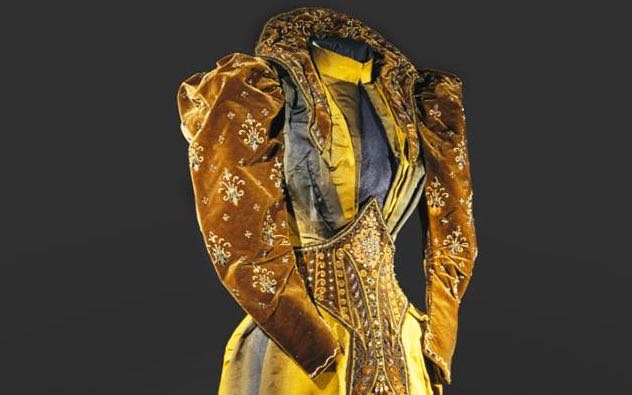Rate the Dress: a tea gown with attitude
Today was a public holiday in New Zealand (Waitangi Day). Most people took a four day weekend, so it’s thrown my usual scheduling out. So apologies for the slightly belated Rate the Dress. To make up for it, I’ve picked a VERY exciting Rate the Dress: a relatively unknown 1890s Pingat tea gown (probably) that caused quite a stir when I shared it on Instagram earlier this week. Last week: a ca. 1820 dress re-made from 18th century chine a la branche I’m on a Rate-the-dress roll! Once again, the majority of you loved the frock, though there were a few caveats. The two main complaints were about the wide sleeves, the sleeve trim, and the muted colours. Wider, more relaxed sleeves were often a feature of late 1810s fashions. Chine, by its nature, is muted, and this was a particularly restrained example. The Total: 8.7 out of 10 Not quite as good as the week before, but still a very good score indeed. This week: A c. 1892 Pingat ‘tea dress’ or tea gown …


